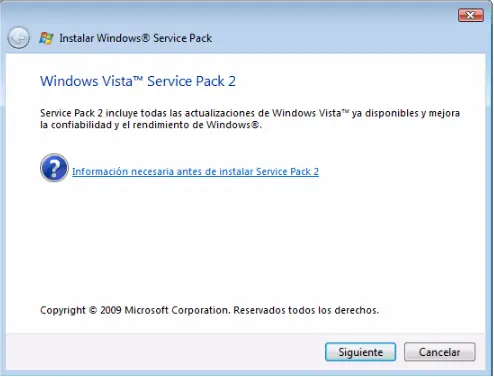

In addition, WIC includes an extensible framework to support third-party metadata implementations. WIC supports Exchangeable Image File ( Exif), PNG textual metadata, image file directory (IFD), IPTC Information Interchange Model (IPTC), and Extensible Metadata Platform ( XMP) formats. The Progressive Graphics File (PGF) viewer is distributed with a WIC codec. In July 2011, this was extended significantly by Microsoft itself by providing a separate Codec Pack for most current digital cameras. Additionally, as of 2009, some camera manufacturers and 3rd-parties have released WIC codecs for proprietary raw image formats, enabling Mac-like raw image support to Windows 7 and Vista. Windows Imaging Component supports Windows Color System, the ICC V4-compliant color management technology in Windows Vista.īy default, Windows Vista ships with JPEG, TIFF, GIF, PNG, BMP and HD Photo encoders and decoders, and an ICO decoder. While working with images, it preserves high bit depth image data, up to 32 bits per channel, throughout the revamped high dynamic range image processing pipeline built into Windows Vista.

It supports reading and writing of arbitrary metadata in image files, with the ability to preserve unrecognized metadata during editing. Windows Imaging Component provides an extensible architecture for image codecs, pixel formats, and metadata, with automatic run-time discovery of new formats.

WIC enables application developers to perform image processing operations on any image format through a single set of common APIs, without requiring prior knowledge of specific image formats. Windows Imaging Component (WIC) is a COM-based imaging codec framework introduced in Windows Vista (and later available in Windows XP Service Pack 3) for working with and processing digital images and image metadata. Windows Imaging Component Developer(s)ĭocs. Not to be confused with Imaging for Windows.


 0 kommentar(er)
0 kommentar(er)
